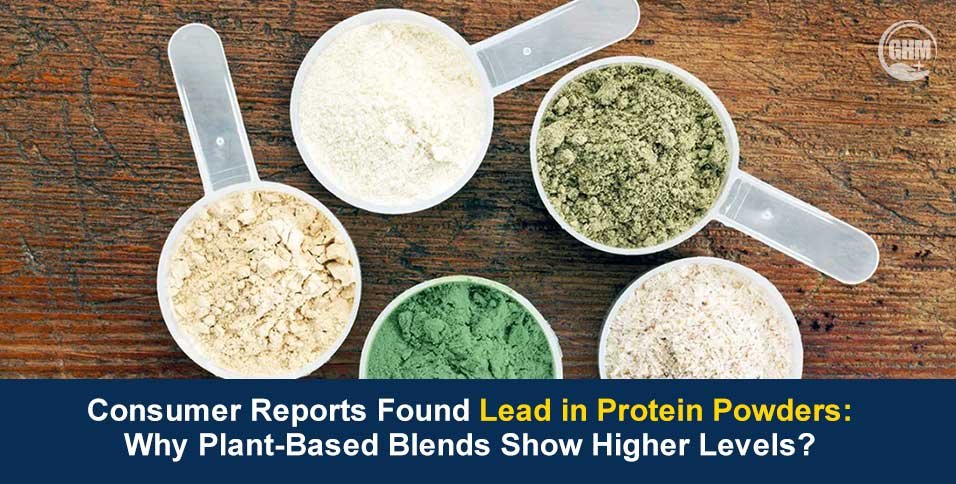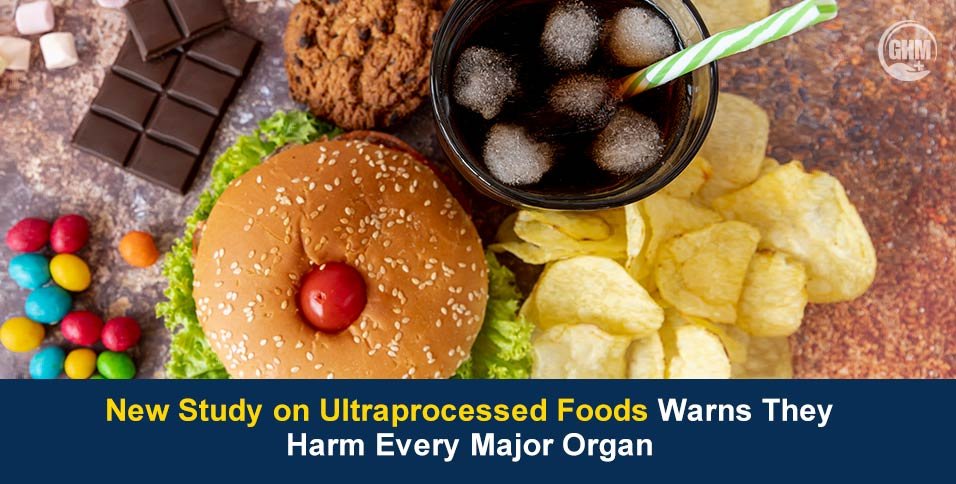A new Consumer Reports investigation has raised alarms after finding high levels of lead in protein powders and shakes. Out of 20 popular protein supplement products tested, two-thirds contained concerning amounts of lead in a single serving.
Furthermore, plant-based protein powders had nearly nine times more lead than dairy-based ones, according to the report published in October 2025.
This finding has intensified global discussions on supplement safety, transparency in labelling, and regulatory gaps.
But why are plant-based powders more contaminated with heavy metals? Read this article to know more.
What the Report Found?
Consumer Reports tested a mix of whey (dairy-based) and plant-based protein products, including popular brands such as Huel and Naked Nutrition.
The key findings include:
- 2 out of 3 protein powders contained more lead than Consumer Reports’ level of concern (0.5 micrograms per serving).
- Plant-based blends had nearly nine times more lead compared to whey protein powders.
- Several products also contained cadmium and arsenic, increasing cumulative heavy metal exposure.
- Some powders exceeded what health experts consider safe for daily or frequent use.
Consumers are using these products daily, thinking they’re making a healthy choice. But for some products, just one serving can expose you to concerning levels of heavy metals,” noted Dr James E. Rogers, director of food safety at Consumer Reports.
Why Plant-Based Protein Powders Contain More Lead?
Unlike dairy proteins, plant-based powders (such as those made from pea, soy, rice, or hemp) come directly from soil-grown crops. And that’s where the contamination starts.
- Soil Contamination Is the First Source
Lead is a naturally occurring element in soil, but its levels can increase dramatically due to:
- Industrial pollution and old lead-based infrastructure
- Contaminated irrigation water
- Long-term pesticide or fertiliser use
- Proximity to highways and factories
Plants absorb heavy metals through their roots. Over time, these metals build up in plant tissues, eventually concentrating in the protein isolates used in supplements.
- Fertilisers and Farming Practices Matter
Fertilisers, especially phosphate-based ones, can contain trace amounts of heavy metals, including lead, cadmium, and arsenic. Large-scale industrial farming can amplify these residues, leading to higher levels in the harvested crops.
“Unlike dairy protein, which is filtered through animal metabolism, plant proteins are a direct reflection of their growing environment,” explains Dr Laura Martínez, an environmental toxicologist. “If the soil is contaminated, the final product will reflect that.”
- Processing Concentrates the Metals
To make plant protein powders, companies:
- Dry and mill the crop
- Extract protein isolates
- Remove fiber and fat
This process not only concentrates protein but also concentrates contaminants like lead. Even small amounts of heavy metals in raw crops can lead to much higher levels per serving after processing.
What is the difference between Dairy & Plant proteins?
The difference in lead levels between plant and dairy proteins is significant. Dairy proteins, derived from milk, undergo different processing steps and don’t carry direct soil contamination.
According to Consumer Reports 2025, Plant-based protein had 9 times more lead level compared to the average level in dairy-based protein.
This doesn’t mean dairy-based powders are always “safe”, as some were found to contain lead as well. But on average, plant-based products showed the highest levels.
Which Heavy Metals were found?
The report didn’t just stop at lead. It found cadmium and inorganic arsenic in several products. Why does this matter? Because the health impact of heavy metals is cumulative:
- Lead: Linked to neurological, cardiovascular, and developmental harm
- Cadmium: Affects kidneys and bones
- Arsenic: A known carcinogen that also damages the cardiovascular system
Regular consumption of these products, especially for athletes, fitness enthusiasts, or children, can contribute to unsafe long-term exposure.
Regulation and Loopholes
Unlike pharmaceuticals, dietary supplements are not regulated as strictly by the U.S. Food and Drug Administration (FDA) or many global agencies.
- There are no enforceable federal limits for lead in protein powders.
- Manufacturers are responsible for their own testing.
- Labels rarely disclose heavy metal content.
Consumer Reports has urged the FDA to set enforceable limits on heavy metals in protein supplements and to improve labelling transparency so consumers can make informed decisions.
What Consumers Can Do Right Now?
Until stronger regulations arrive, consumers can reduce their exposure to lead in protein powders through a few practical steps:
- Check third-party certifications (e.g., NSF, USP) that test for contaminants.
- Vary your protein sources, such as mix powders with whole-food proteins like eggs, legumes, or dairy.
- Limit daily servings, especially for vulnerable groups like children and pregnant people.
- Research brand testing practices, as some brands voluntarily publish heavy metal testing results.
Dr Rogers emphasises, “People shouldn’t panic, but they should be aware. Choosing cleaner products and reducing reliance on powders can significantly lower your exposure.”
A Bigger Picture: Rethinking “Clean” Supplements
The rise of plant-based proteins is a response to health, ethical, and environmental concerns. But the “natural” label does not always mean “pure”.
This news serves as a reminder that wellness products can also carry hidden risks if environmental and manufacturing factors aren’t addressed.
Addressing this issue requires:
- Stricter regulation
- Better agricultural practices
- Transparent labeling
- Consumer awareness
Conclusion
The recent Consumer Reports investigation shows that plant-based protein powders contain significantly more lead than dairy-based options.
The presence of lead in protein powders is largely due to soil contamination, farming inputs, and processing methods.
Until regulations improve, informed choices and moderation are key to reducing exposure.



















